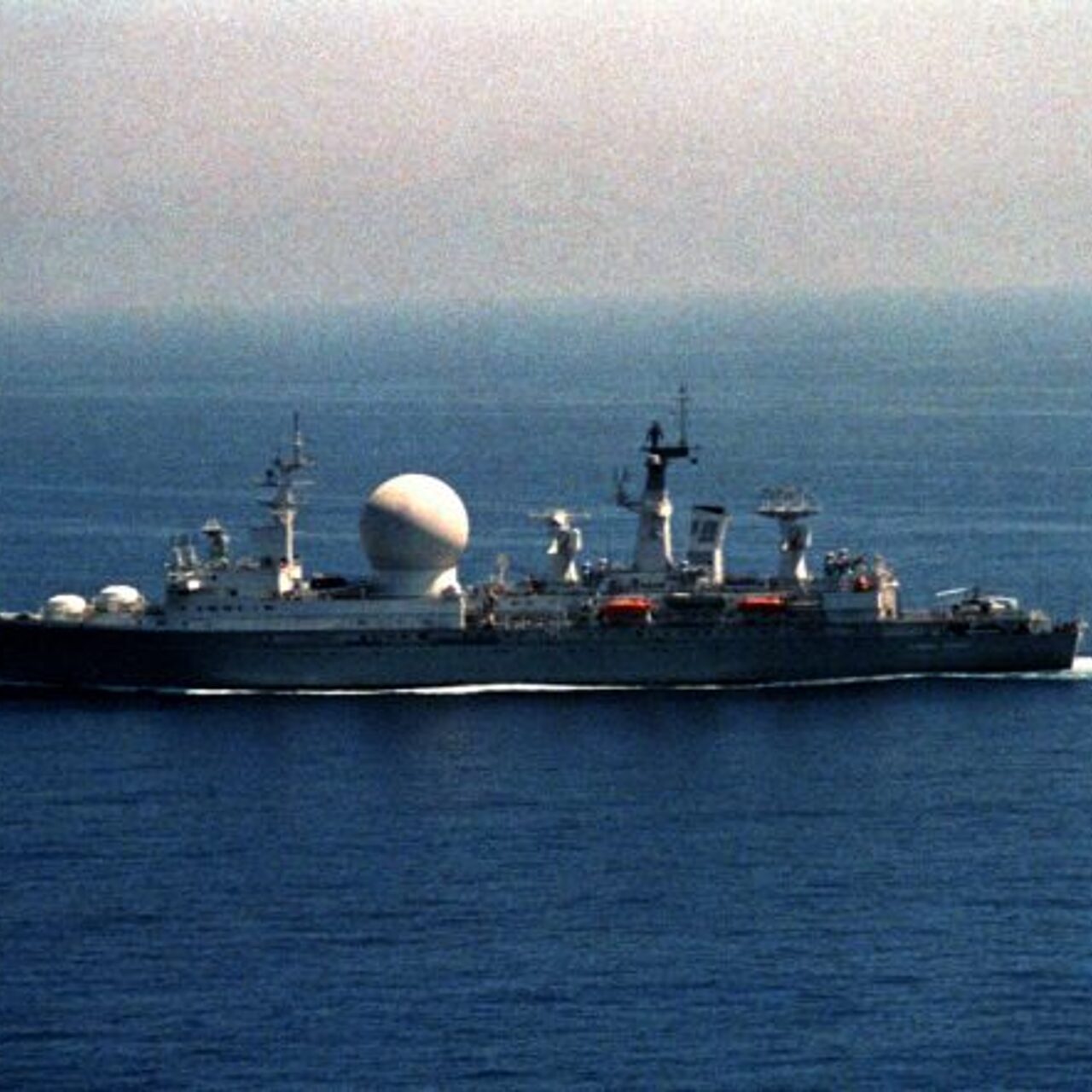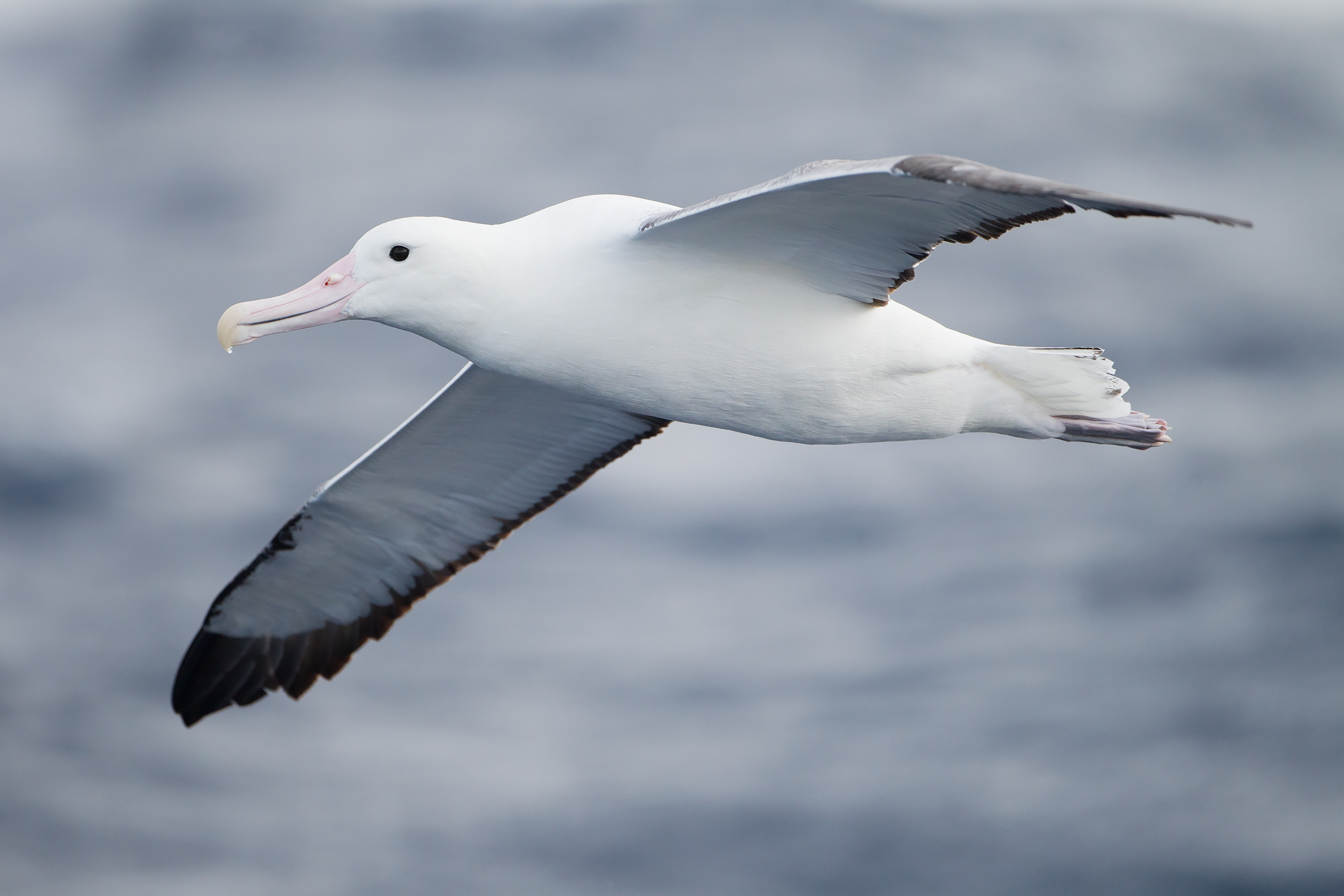
The eyes and ears of the fleet
This is how the brick building of the cape at Cape Hel looks like in all its glory. At the turn of the 40s and 50s, about a dozen such facilities were built. In the second half of the 50s, a lattice mast for radar antennas was added to them. Here in the picture are two SRN7453 Nogat stations.
The Navy is not only a fleet and ships. There are also many units that can only see the sea from the perspective of the beach, and then not always. This article will be devoted to the history of the surveillance service in 1945-1989, whose task was to constantly monitor the situation in the coastal zone, either within sight or with the help of specialized technical means.
Having information about everything that happens in the area of responsibility of a given area is the basis for the work of teams at any level. In the first period of the creation of the Navy after the end of the war, one of the important elements of control of our entire coast was the creation of a system of close observation of the coastline and territorial waters.
Initially, that is, in 1945, all related issues were under the jurisdiction of the Red Army, which considered the area between Tricity and the Oder as a front-line zone. The formal grounds for the assumption of civil and military power by the Polish civilian centers and the army appeared only after the end of the war and the agreements made at the Potsdam Conference regarding the passage of our border. The case was complicated, as it concerned the creation of the embryos of the Polish civil and military administration, the creation of a state border guard detachment, as well as the seizure of lighthouses and navigational signs in the coastal zone and on the approaches to ports. There was also the question of creating a Polish system of observation posts along the entire coast, the operation of which was to be taken over by the fleet.
Construction from scratch
The first plan for the development of a network of observation posts was prepared in November 1945. In a document prepared at the Naval Headquarters, a forecast was made for the development of the entire fleet for the coming years. The posts were included in the communication service. It was planned to form two areas of observation and communication in accordance with the general division of the forces of the fleet into the western region (headquarters in Swinoujscie) and the eastern (headquarters in Gdynia). In each of the regions it was planned to allocate two sites. A total of 21 observation posts were to be established, and the distribution and disposition were to be as follows:
I. / Eastern region - Gdynia;
1. / Section of Gdynia with police stations
a./ Kalberg-Lip,
b. / Wisłoujście,
With. / Westerplatte,
d. / Oxivier,
e./ Integer,
f./ Pink;
2. / Postomin episode:
a./ Weisberg,
b. / Leba,
s./ Gross Row,
/ Postomino,
f./ Yershöft,
f./ Neuwasser.
II./ Western region - Świnoujście;
1. / Kołobrzeg area:
a./ Bauerhufen,
b. / Kolobrzeg,
in./deep,
/ Seaside resort Horst;
2. / Swinoujscie area:
a./ Ost - Berg Divenov,
b./ 4 km west from Neuendorf,
c./ Easter Notafen,
/ Schwantefitz,
/ Neuendorf.
The basis for building this network of posts was, of course, the adoption from the Red Army of the surveillance and registration system created for the urgent needs of the war, although often the places of the established posts did not coincide with the planned ones. at our fleet headquarters. Theoretically, everything could be done quickly and efficiently, because the Soviet side agreed at the end of 1945 on the gradual transfer of captured post-German equipment to Poland. The situation became more complicated when there was a shortage of properly trained personnel. It was similar with the creation of a seemingly not very complex system of observation posts. The one that was created by the Red Army operated at a dozen posts with two regional headquarters, dividing our coast into western and eastern parts. The headquarters in Gdansk had 6 subordinate field observation posts (PO), namely: PO No. 411 in Nowy Port, 412 in Oksiva, 413 in Hel, 414 in Rozew, 415 in Stilo, PO No. 416 in Postomin (Shtolpmünde) and 410 in Shepinye (Stolpin). In turn, the command in Kolobrzeg had six more posts in the area: 417 in Yatskov (Yersheft), 418 in Derlov, 419 in Gask, 420 in Kolobrzeg and 421 in Dzivno. March 19, 1946
an agreement was concluded between the Ministry of the Armed Forces of the USSR and the Ministry of National Defense of the Republic of Poland on the transfer of the MW of this system. The term "system" is perhaps used in this case somewhat exaggerated. Well, all this constituted de facto locations in the field, convenient from the point of view of visual observation. These were not always military facilities, once it was a lighthouse, and sometimes ... a church tower. All equipment at the point is sailor's binoculars and a telephone. Although the latter was also difficult at first.

